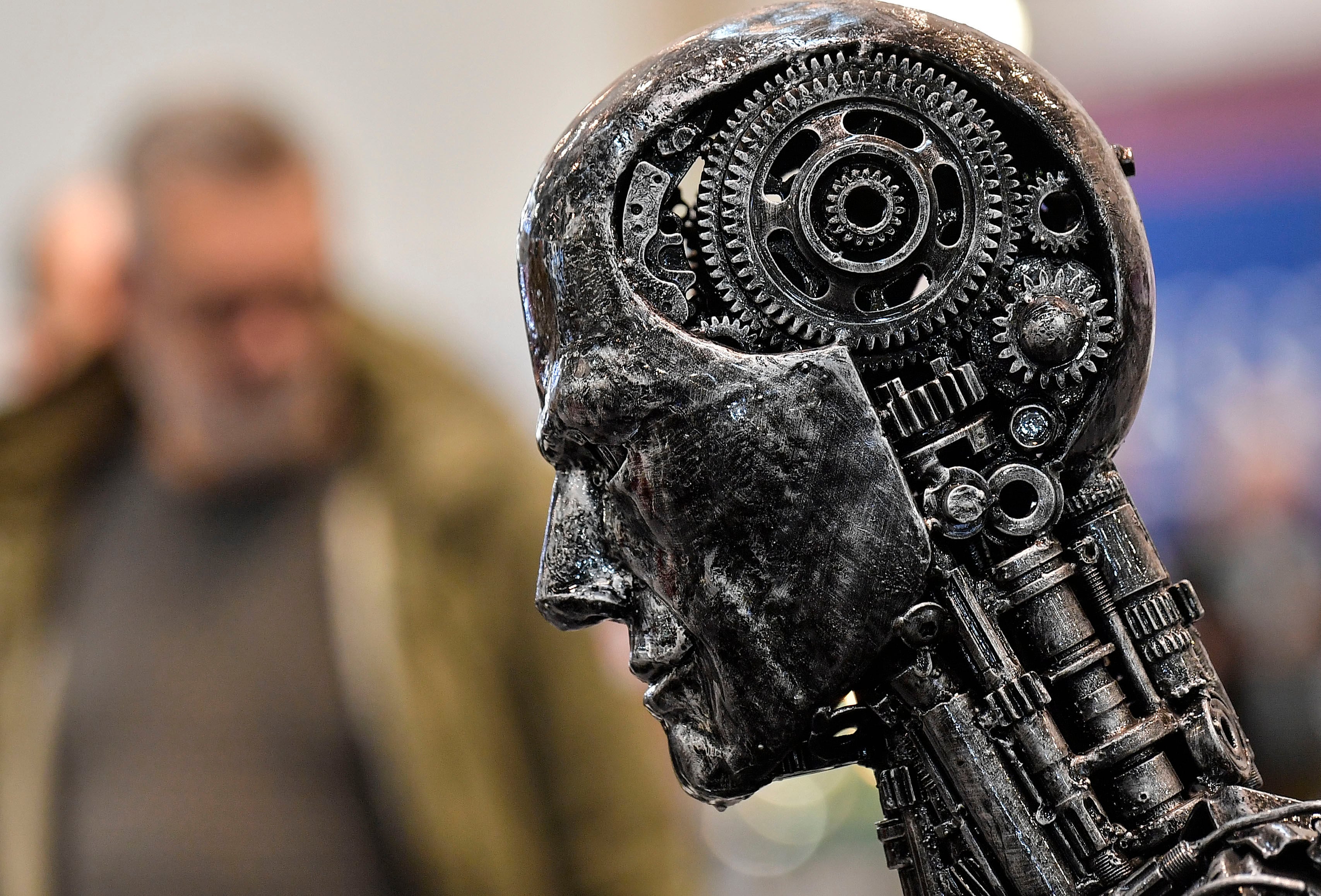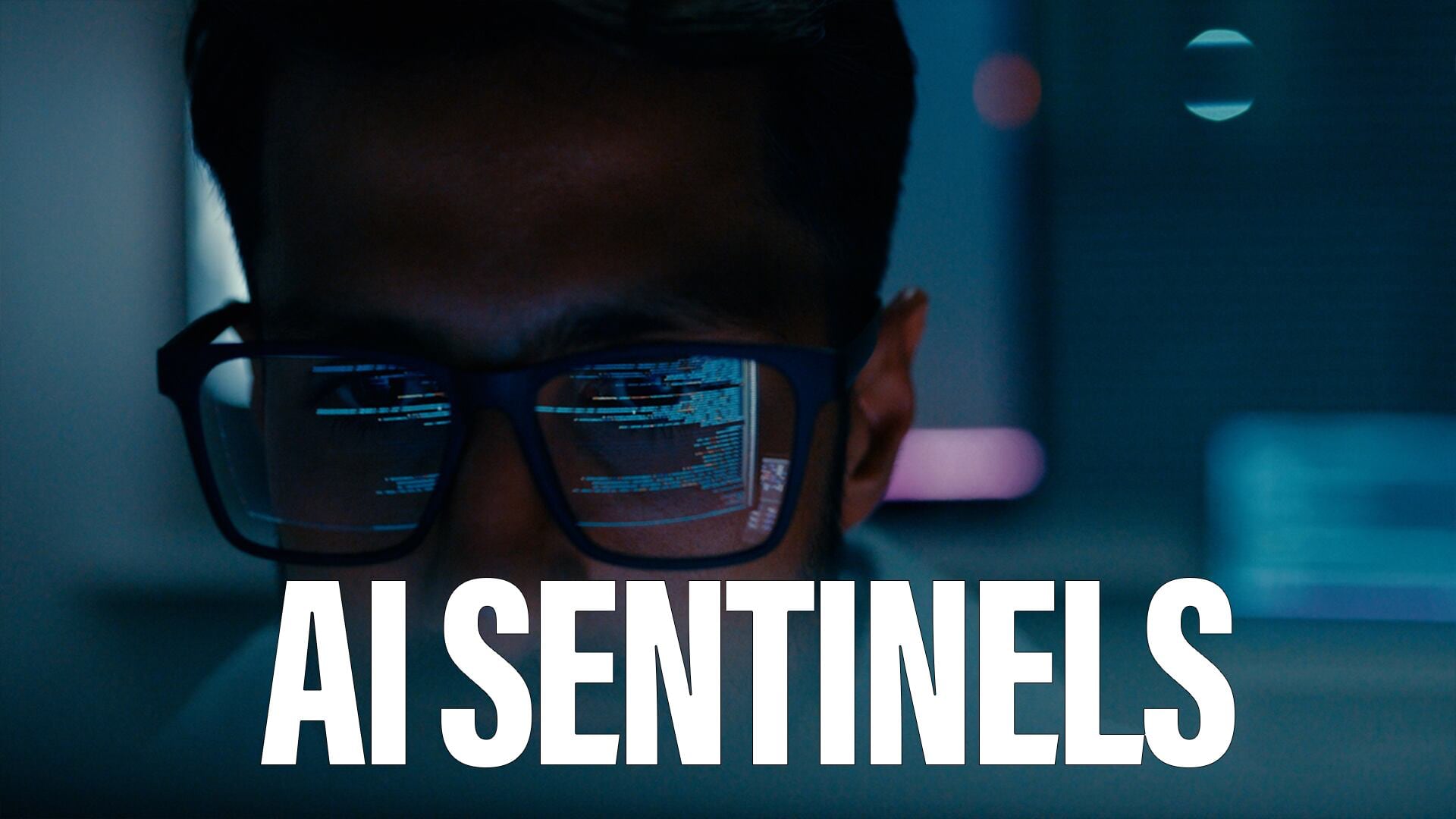SAN ANTONIO — To foster artificial intelligence the U.S. Department of Defense can deploy and rely on, a foundation of “really high-quality data” must first be laid, according to the Pentagon’s AI czar, Craig Martell.
Such a task, he said Dec. 13 at the DODIIS Worldwide Conference in Texas, has become his main charge some eight months into leading the Chief Digital and Artificial Intelligence Office.
“What is our job at the CDAO? We originally thought our job at the CDAO was to produce tools for those in the government to do modeling. We no longer think that’s the case,” he said. “We say that we want to build the scaffolding that goes around the model. We want to help folks build and use that model.”
Established in December 2021, the CDAO hit its first full strides in June. It subsumed what were the Joint Artificial Intelligence Center, the Defense Digital Service, the Advana auditing platform and the chief data officer’s role.
RELATED

In sum, the office is considered an overseer and expeditor of data analytics and AI at the Pentagon, where they are increasingly the focus of spending, experimentation and implementation.
“I am firmly convinced that what most people ask for when they say they want AI is actually a really good dashboard that just tells them where their stuff is,” Martell said. “And so we believe our job is to get the data right, and then provide a very strong data analytics layer.”
More than 685 AI projects, including several tied to major weapons systems, were underway at the Defense Department as of early 2021, according to a Government Accountability Office report published in February.
Mass amounts of trustworthy data and training is what fuels AI capabilities; the digital lifeblood allows AI to aid navigation and target recognition — as is expected aboard the Army’s Optionally Manned Fighting Vehicle — as well as with maintenance predictions and supply logistics. Not all data, however, is created equal, complicating the job of Martell and his colleagues.
“First of all, we have massive amounts of data. We have massive amounts of data distributed all over the world,” he said at the conference. “Some portion of that data is going to be really effective for decision making at scale. And other parts of that data is going to be totally ineffective for decision making. So, a large part of our job is figuring out the ways to manage that data, so that the data that’s effective for decision making is front and center for decision makers when they need it.”
Martell was named chief digital and AI officer in April, succeeding John Sherman, who took on the role in an acting capacity and remains the Pentagon’s chief information officer. Martell previously worked at Dropbox, where he was head of machine learning, and LinkedIn, where he led a number of AI teams and initiatives.
At a previous event, Martell said he took the government gig because of the gravity of the situation.
“There are not a lot of folks who have the intersection of AI and a government background,” Martell said in June. “So when the deputy secretary of defense calls you up and says, ‘We would like you to take this job,’ you have to think really hard about why you wouldn’t take the job, and not the other way around. And I think getting this mission right is extremely important.”
Courtney Albon contributed to this report.
Colin Demarest was a reporter at C4ISRNET, where he covered military networks, cyber and IT. Colin had previously covered the Department of Energy and its National Nuclear Security Administration — namely Cold War cleanup and nuclear weapons development — for a daily newspaper in South Carolina. Colin is also an award-winning photographer.








